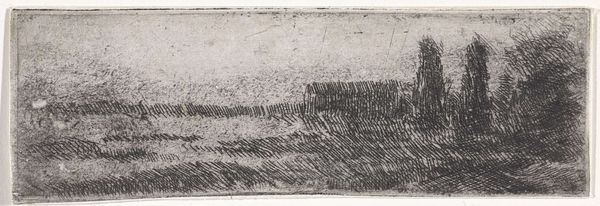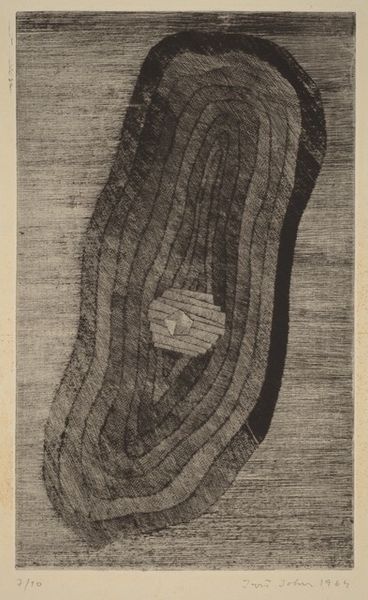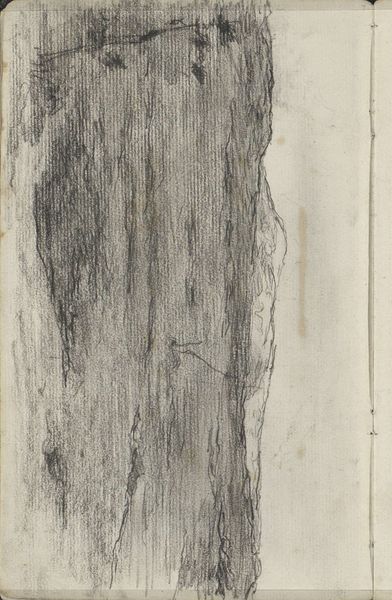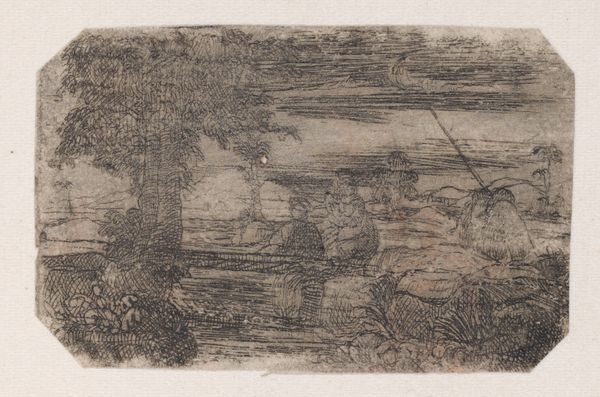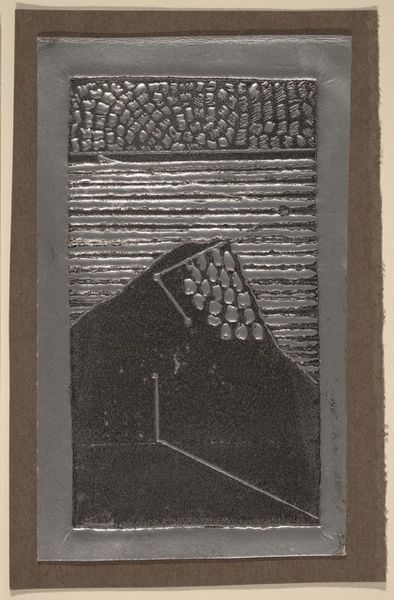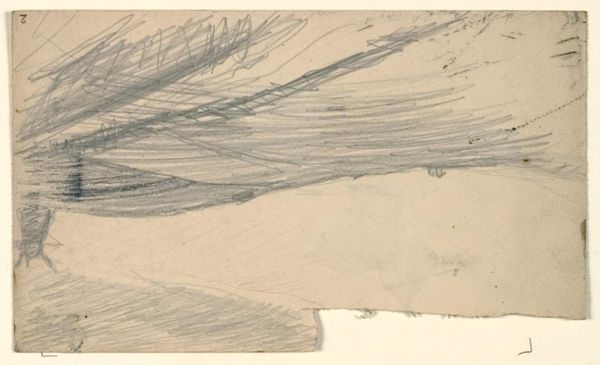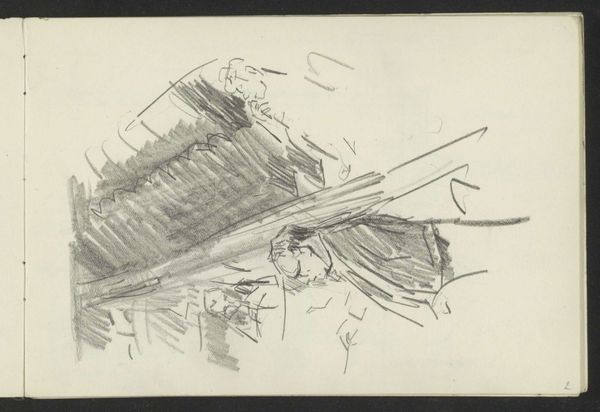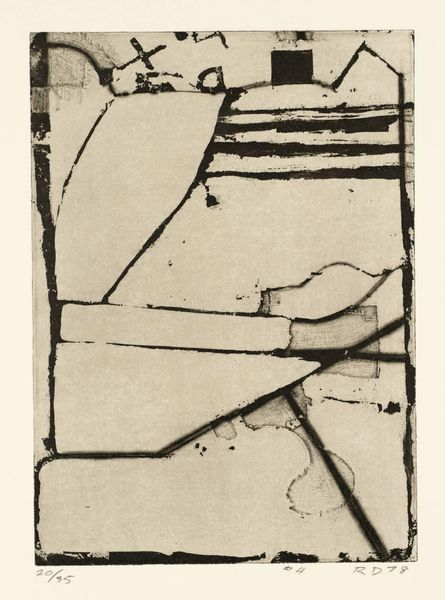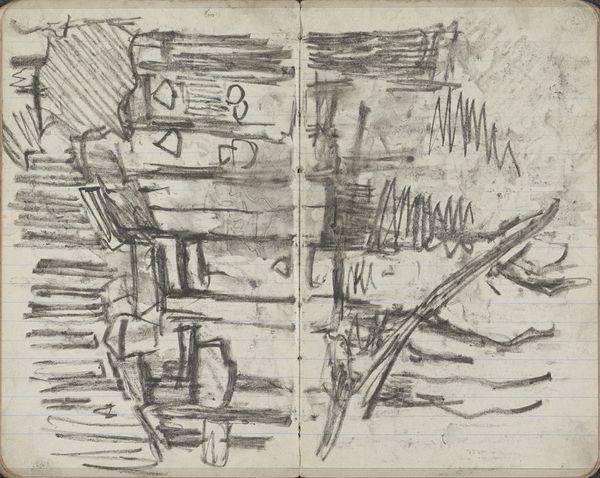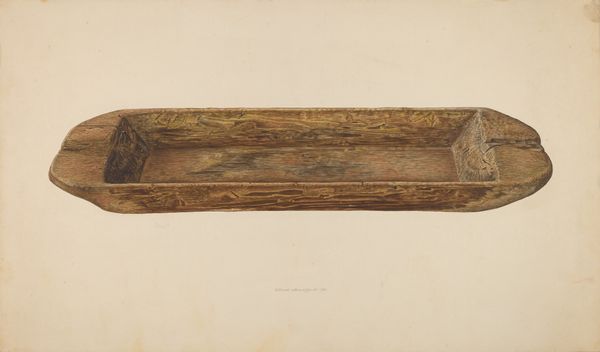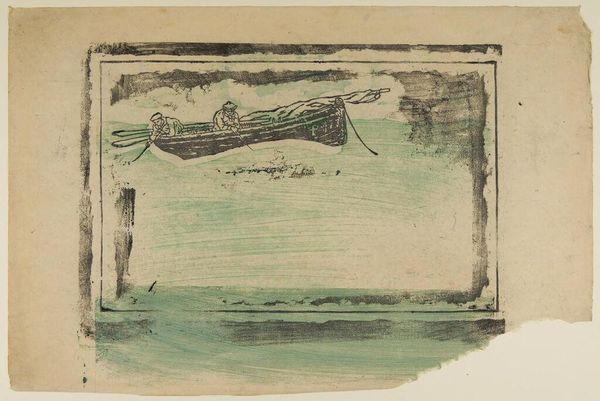
print, etching, paper
#
dutch-golden-age
# print
#
etching
#
book
#
paper
Dimensions: height 93 mm, width 205 mm
Copyright: Rijks Museum: Open Domain
Editor: Here we have Hercules Segers' "Still Life with Books," an etching from around 1618 to 1622, housed here at the Rijksmuseum. It’s a somber piece; the stark light and shadow make the books seem almost monumental, despite their small size on the shelf. What do you see in this piece from a historical perspective? Curator: Well, it is tempting to assume that a still life such as this is simply of art historical value – a curious example of very early printmaking! However, Segers’s technical mastery, in concert with this rather domestic, quiet scene invites deeper investigation. Consider, for example, what it might have meant to depict books so prominently at this particular moment. Can we assume a degree of literacy? Accessibility to knowledge? Editor: That's an interesting point. It makes me wonder about the role of the printed word in shaping public opinion at that time. Were books luxury items or relatively common? Curator: Exactly. The rise of printmaking coincided with the rise of a merchant class in the Netherlands and broader challenges to religious and aristocratic power structures. While books weren’t universally accessible, their increasing availability represented a significant shift in the dissemination of ideas and, indeed, social mobility. Does that suggest an understanding of this scene being one of quite profound social mobility? Editor: I hadn’t considered the socio-political implications of what appears to be a simple still life! So, in a sense, Segers' work captures a pivotal moment in the democratization of knowledge? Curator: Precisely. It serves as a quiet reminder of the power dynamics embedded in something as seemingly ordinary as a stack of books, even at a museum today. The work then, like many, finds its vitality in public life. Editor: Fascinating! This has completely changed how I view this artwork. It’s no longer just a pretty picture, but a record of a changing society.
Comments
rijksmuseum about 2 years ago
⋮
While Segers’ stack of books looks unassuming enough, it is entirely original, and may even be the earliest still life in European graphic art. While still lifes frequently feature in 17th-century paintings, they are rarely found in black-and-white (in prints).
Join the conversation
Join millions of artists and users on Artera today and experience the ultimate creative platform.
